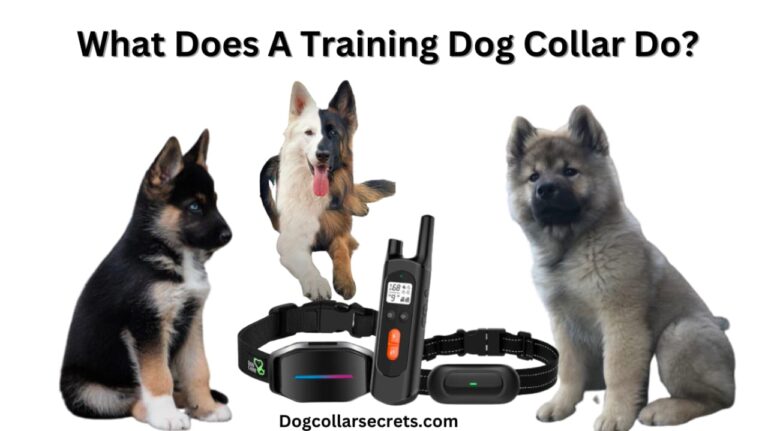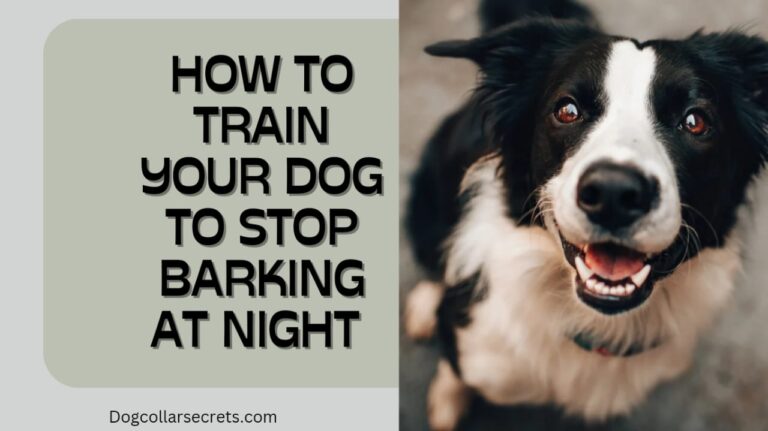How to put a collar on an aggressive dog
How to put a collar on an aggressive dog?
Safely Collaring Your Aggressive Dog: A Step-by-Step Guide
Dealing with an aggressive dog can be a challenging task, especially when it comes to everyday activities like putting on a collar. However, it’s crucial to collar your furry friend for their safety and the safety of those around them. In this guide, we’ll provide you with a step-by-step approach to safely put a collar on an aggressive dog, ensuring a stress-free experience for both you and your pet.
Before diving into the process of collaring, focus on building a strong bond with your aggressive dog. Spend quality time engaging in activities they enjoy, like playing fetch or providing tasty treats. Establishing a positive connection helps ease their anxiety and fear, making them more receptive to the collar. By creating an environment of trust and understanding, you pave the way for a smoother collaring experience. Remember, the more secure your furry friend feels, the more likely they are to cooperate during this essential activity.
Understanding Aggression
Before attempting to collar an aggressive dog, it’s essential to understand the root cause of their aggression. Aggression can stem from fear, anxiety, or a past traumatic experience. Identifying the trigger will help you approach the task with sensitivity and caution.
Once you’ve identified the potential triggers for your dog’s aggression, take proactive steps to create a calm and secure environment. Minimize loud noises, sudden movements, or anything that might exacerbate their anxiety. Choose a quiet space where both you and your furry friend can feel relaxed. A tranquil setting not only reduces stress but also enhances your ability to connect with your dog and address their concerns. This step lays a crucial foundation for a successful and low-stress collaring experience, ensuring both your safety and the well-being of your beloved pet.
Preparation
- Choose the Right Collar: Select a collar that is sturdy, yet comfortable for your dog. Opt for a buckle or snap-on collar, avoiding slip collars or those that may cause discomfort. Ensure it fits snugly without being too tight.
- Get the Right Equipment: Use a sturdy leash, preferably made of nylon or leather, to maintain control during the process. If your dog is extremely aggressive, consider using a muzzle for added safety.
- Create a Calm Environment: Choose a quiet, familiar space for the collaring process. Minimize distractions and ensure there are no loud noises or sudden movements that could trigger your dog’s aggression.
How to put a collar on an aggressive dog? The Step-by-Step Guide
- Establish Trust: Begin by spending quality time with your dog without any collaring intentions. Engage in activities your dog enjoys, such as playing or providing treats. This helps build trust and reduces anxiety.
- Desensitize to Touch: Gradually accustom your dog to being touched around the neck area. Use gentle strokes and positive reinforcement, associating touch with treats or praise. This step is crucial for reducing the dog’s sensitivity to collar-related actions.
- Introduce the Collar: Place the collar near your dog without attempting to put it on. Allow them to sniff and inspect it at their own pace. Positive reinforcement, such as treats or verbal praise, can be used to associate the collar with positive experiences.
- Familiarize with the Collar: Gently touch your dog’s neck with the collar, ensuring they are comfortable with the sensation. Gradually increase the duration of contact, all the while providing positive reinforcement.
- Use Treats and Rewards: Throughout the process, reward your dog with treats for calm behavior. This positive association helps alleviate anxiety and makes the collaring experience more pleasant.
- Introduce Leash and Muzzle if Necessary: If your dog tends to display aggression during walks, introduce the leash along with the collar. Similarly, if safety is a concern, consider using a muzzle during the collaring process.
- Practice Patience: Understand that collaring an aggressive dog may take time. Be patient, and avoid rushing the process. If your dog becomes agitated, take a step back and resume when they have calmed down.
- Seek Professional Help: If your dog’s aggression persists or worsens, it’s advisable to consult a professional dog trainer or behaviorist. They can provide personalized guidance based on your dog’s specific needs.
Conclusion:
In conclusion, putting a collar on an aggressive dog demands patience, understanding, and a strategic approach. Start by establishing trust through positive interactions and gradually introducing the collar, taking into account the potential triggers for their aggression. Remember, a secure and calm environment plays a pivotal role in making the collaring process stress-free. By addressing your furry friend’s fears and anxieties, you not only ensure their safety but also contribute to a stronger bond between you and your pet. So, how do you put a collar on an aggressive dog? With careful steps, empathy, and time, transforming this task into a positive and manageable experience is not only possible but beneficial for both you and your four-legged companion.




